A Hell of a Good Time.
When people think about Blizzard Entertainment, they often recall a time when the studio was producing genre-defining experiences, games that are considered to be some of the best ever made. However, modern Blizzard is a very different entity under the Activision umbrella, as the publisher is constantly the target of PR scandals, scummy monetization practices, and fully deleting a beloved game to make way for its hollow and unsatisfying sequel, a move that now seemingly didn't even have to happen, as the main purpose of its existence has recently been cancelled.
To say that Diablo IV needed to be a win for the company is underselling it, as fans were just unsure of what to expect, given that it's unclear who Blizzard Entertainment is even at this point. While many of those issues will still continue to haunt the publisher even despite the potential buyout by Microsoft, Diablo IV has released to immense acclaim, a game that is stunning in every regard. While Diablo Immortal certainly was cause for warning, Blizzard has profoundly delivered with its newest entry, a game so good it simply has to be experienced.
Diablo IV sells itself on being a live service take on the classic gameplay of what's come before. Its massive world is shared alongside other players, often coming to your aid in its wide open areas, or assisting you on events that randomly pop up on the map. This is on top of attending world bosses alongside a dozen other players or taking part in Sanctuary's PVP zones. The world of Diablo IV offers a ton of compelling reasons to log back in day in and day out. While some still take issue with its pricey microtransactions, which offer a bevy of cosmetic options, Diablo IV's reliance on being an "always online" release is only justified if you think it is.
When Diablo III launched back in 2012, it was met with a mixed reaction to its visuals and vibrant use of color. While other aspects of the title would see equal controversy, such as its auction house, it's visuals have been a sticking point with fans throughout the years, hopeful that future installments would harken back to the darker and more gothic style of Diablo II. While Diablo IV still brings a solid arrangement of color to the title, it's not as aggressive as it was in Diablo III, striking a good balance to fit the tone set throughout its narrative.
Diablo IV's antagonist this time is Lilith, the "Mother of Sanctuary" and daughter to Mephisto. Her presence here is a breath of fresh air to the series, since the titular Lord of Terror has been the central figure of the previous three titles already. Each scene she is in commands her attention, especially a late-game moment that is sure to keep players on the edge of their seat. Lilith is present to end the Eternal Conflict that she abandoned long past with the angel Inarius, who the both of them share a child, the first Necromancer, Rathma. Lilith's plan to stop this conflict places her on the path of both Heaven and Hell, tempting any in her way to join her side and become part of her ever-growing army.
Diablo has always been a series about the central hero being aided by a small cast of characters, mortals or immortals alike that either come prepared with devastating power or knowledge, or both in some cases. Each of your allies can join you in battle, especially the capable and central side companion in Lorath Nahr. While Lorath, the last surviving member of the Horadrim was a character present in Diablo III, his role there was largely as a replacement for Deckard Cain, being someone to fill out missing parts of the story as a lore giver. Here, Lorath is a pivotal cast member, a man whom this whole journey simply wouldn't be possible without him. And, unlike Deckard Cain, he is helpful without being a meme-worthy character known for a catchphrase and not much more.
What enhances the story and gives it the tone and meaning behind it is a solid voice cast. While each created character does have their own voice, I never found them to be the star of the show, instead relying on its central cast of heroes and villains to do a lot of the heavy lifting. Even many of the side quests themselves have some top-tier performances. Ralph Ineson is a standout as Lorath, as is James Goode as Doran, a character you'll deeply come to rely on. Anthony Howell brings a menacing tone to Lilith's right hand, Elias, with Caroline Faber bringing life to the Mother of Sanctuary, herself. Each actor nails the assignment perfectly and the game succeeds greatly because of them.
The quest to stop Lilith is a lengthy one, sending you across the massive Sanctuary. Split into five zones; Kehjistan, Scosglen, Fractured Peaks, Dry Steppes, and Hawezar. Each area provides its own topography, people, monsters, culture, and quests. To increase the amount to do, Diablo IV also includes strongholds to recapture from demonic forces to over a hundred dungeons that can also be converted into nightmare variations, increasing the challenge and reward. Side quests also populate each of these lands, providing over two hundred to take on, each with engaging stories, events, and trials.
Scattered across Sanctuary are public events where you'll often see other players coming to your aid, or even taking them on solo or with your own squad. These range from saving survivors of an attack to defeating waves of enemies to defeating them next to sacrificial pillars. Given the nature of these events, you'll see them pop up extremely frequently, and you'll want to do them since they reward you with decent loot and Murmuring Obols, a currency you'll spend in each area’s main town to gamble on the chance at securing impressive loot. Honestly, most of my legendary drops have been from these vendors.
Present in the Dry Steppes and Kejistan are the Fields of Hatred. This is where Diablo IV's PVP takes place, and a few elements of PVE are thrown in for good measure. As you kill other players, mobs, or complete events, you'll earn Shards of Hatred. These can be exchanged in the neighboring settlements for a variety of items unique to PVP. To bank these Shards, you'll find altars scattered around the zones. Upon touching these alters, a timer will start, forcing you to protect it while your Shards are wisped away. I'll say that if you wish to ignore most of PVP, I would stay away from the higher World Tiers as I found very few active PVP players in WT1&2, but several in WT3 and beyond.
To initiate PVP, you'll need to use a special emote called Mark for Blood. As you kill other players, you'll be infected with the Curse of Mephisto. This transforms you into a Vessel of Hatred. In time, you'll start to radiate menace, giving your locations away to other players. Players that defeat you are rewarded with some pretty decent bonuses. While cursed, your objective is to simply remain alive. If you can manage to do so, then you'll be rewarded for your efforts.
Diablo IV's endgame has been built to keep players logging in and playing either solo or with friends, upping the challenge to more difficult World Tiers or additional gameplay mechanics. Helltides are one element of Diablo IV's postgame modes that I actually rather enjoy even if it can come across as a bit simple. As you defeat enemies, they will drop Aberrant Cinders. These are used to open chests that fill the area where a Helltide is taking place. These areas are marked on the map so you'll know where and when a Helltide is taking place and how long it has to remain. These chests range in price, so cruising around the map and saving up those Cinders is the name of the game.
To add to the endgame content are World Bosses to vanquish, and Nightmare Dungeons to conquer, and a Bounty system, each providing you with a steady challenge and decent rewards. Eventually, Seasons will be added to Diablo IV, as well as a Battlepass built around those seasons, but at the time of this review, these are not present in the current build of the game. Seasons are going to be a point of contention among players as Blizzard has stated that a new character must be made to take advantage of that Battle Pass. So no, those 80+ hours of making your Barbarian won't count towards the upcoming Battlepass or Seasonal progress, you'll need to start fresh.
Classes within Diablo IV are the aforementioned Barbarian, Sorcerer, Necromancer, Druid, and Rogue. While more classes are likely to be added as the game goes on, the available selection is rather decent with most avenues of Diablo gameplay provided across their pretty varied skill trees. The Druid makes its first appearance since Diablo II, granting you the power to shapeshift between that of a wolf or a giant bear, giving you a bloody way to chew through your foes. Barbarian and Sorcerer provide exactly what you'd expect, with the Necromancer and Rogue playing to their respective strengths as well. We do currently lack a knight or crusader type, which is expected to be the next class added to the game, which would fill the void of your typical sword and board.
Each class will have particular builds to play to certain angles of what they can do, sometimes creating entirely different versions of the same class. The Necromancer, for example, can choose to have their skeletal summons as well as a towering golem, but can sacrifice any of those peons to enhance a selection of stats instead, running solo or with a trimmed-down party. You can choose to follow the path of blood, bone, or blight, for example, causing damage in various ways. I opted for a blight build with corpse explosion, sacrificing my golem but keeping the skeletal archers and mages. I then added protective health each time a corpse is formed by my skills or minions so that I had increased survivability. Each class gives you the variety to work towards a type of build, ensuring that even if you have two characters of the same class you could play them entirely differently. And should you tire of a particular build, you can respect those skill points at any time up to level 8 for free, or via a hefty sum of gold anytime after.
Adding to your build is the Paragon system, a layer that starts at level 50, earning you four Paragon points each level. While skill points stop at level 49, you'll still be able to earn them through a system tied to each area of the map; completing dungeons, discovering areas, etc. These rewards also come with gold and experience as well. Paragon points can be placed on a board that boosts stats crucial to your class, as well as glyphs that are similar to Diablo III's Gem system, leveling them similar to the ways Greater Rifts provided but in Diablo IV's Nightmare Dungeons instead.
Another system used to buff your character or at least provide a path to cementing your build are Aspects. Aspects are earned through standard dungeons, each built around a certain class. The information prompt for the dungeon will alert you to what Aspect you'll earn, making it easy to know if that dungeon is worth your time. Aspects can be slotted into Rare items to convert them into a Legendary or socketed into a Legendary to replace their current perk and also changes their appearance. This is a great way to tailor your weapons and armor toward your build as you can remove those imprinted perks and socket them into your current and better gear.
Now, speaking of gear, characters are loaded with choice, especially in appearance as you can use the game's wardrobe to apply a costume preference, locking in the look and color you want. Personally, I wish there were not only more colors but maybe mixed texture varieties, such as giving the armor a visual flair with various effects. Still, it’s a great system if you have an ideal look that you’re wanting to maintain, and future characters all benefit from what you've unlocked as well.
From top to bottom, Diablo IV is visually stunning, dripping in atmosphere and tone. From moody swamps to grotesque dens, littered with demonic forces to spiders and devotees to Lilith's plans, everything you slay is meticulously detailed and provides a satisfying pop or crunch when slain, gushing blood and gore in ways that complement the darker tone. Even just loading up the game you'll see your impressively detailed character awaiting your return. Despite your viewpoint always being pulled back, it is impressive that Blizzard went so hard in providing such immaculate detail.
Another solid design choice is having your own character feature in the game's cutscenes is a phenomenal touch that goes to great lengths to immerse you into a story that feels yours for the first time in the series. While the standard CG cutscenes do return, with the opener being one of the best in the series, having my character front and center is simply incredible.
Diablo IV certainly needed to course-correct around a few blemishes across the series' past. Diablo Immortal and the cartoonish nature of Diablo III, not to mention its auction house, were simply in need of being washed away with an experience fans of the series have been waiting for since Diablo II, a game many consider to be the best the series has ever been. Well, Diablo IV is that game, an experience so good that even after 70+ hours, I still have the desire to log back in and grind away its enjoyable endgame, earning a wealth of rewards to tailor to my necromancer as I mercilessly explode corpses all around me, bathing in the blood of my enemies and never get once tired of it.
Developer - Blizzard Entertainment. Publisher - Blizzard Entertainment. Released - June 6th, 2023. Available On - Xbox One, Xbox Series X/S, PS4, PS5, Windows. Rated - (M) Blood and Gore, Intense Violence, Language Platform Reviewed - Xbox Series X. Review Access - Diablo IV was purchased for review.


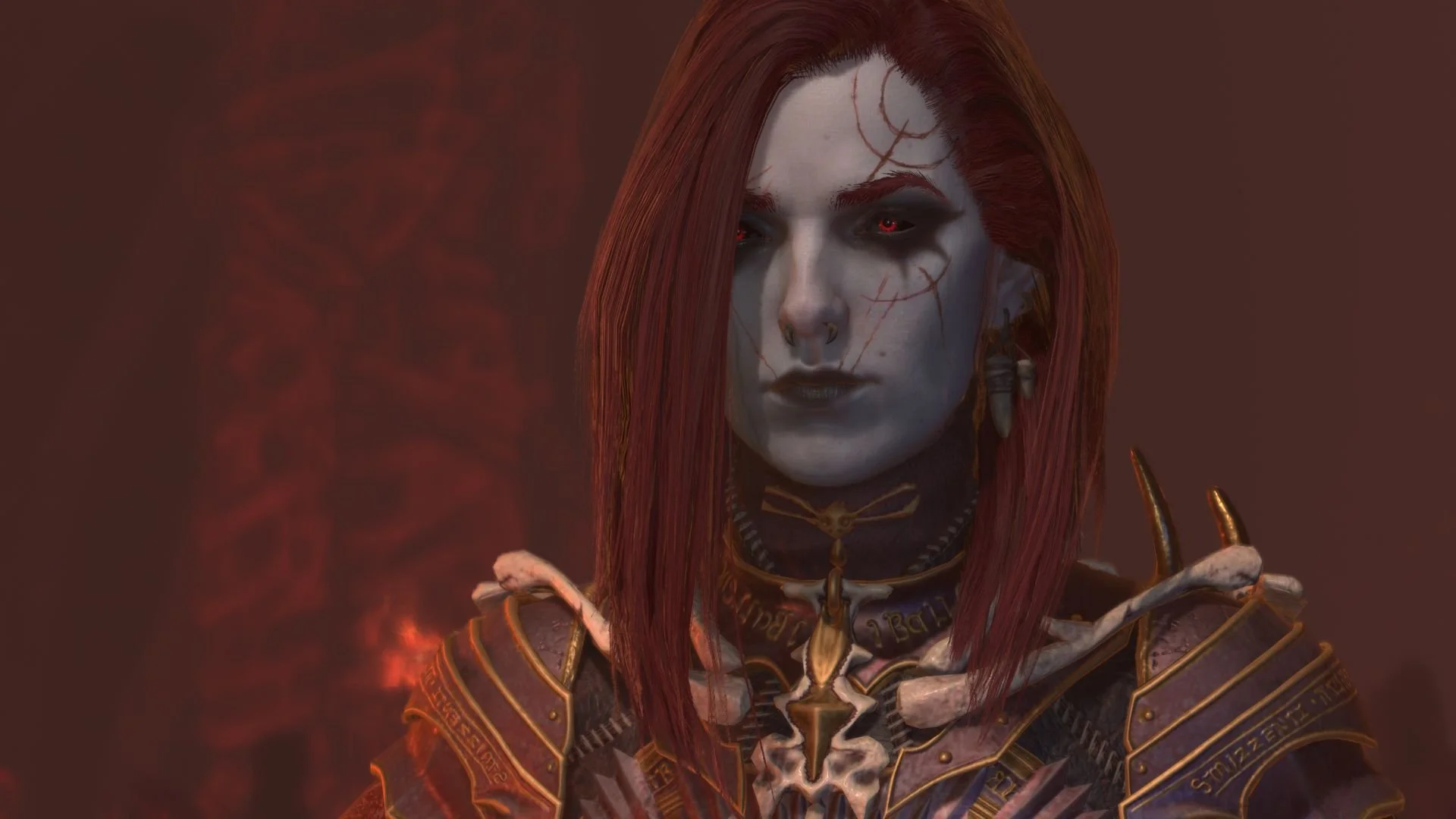
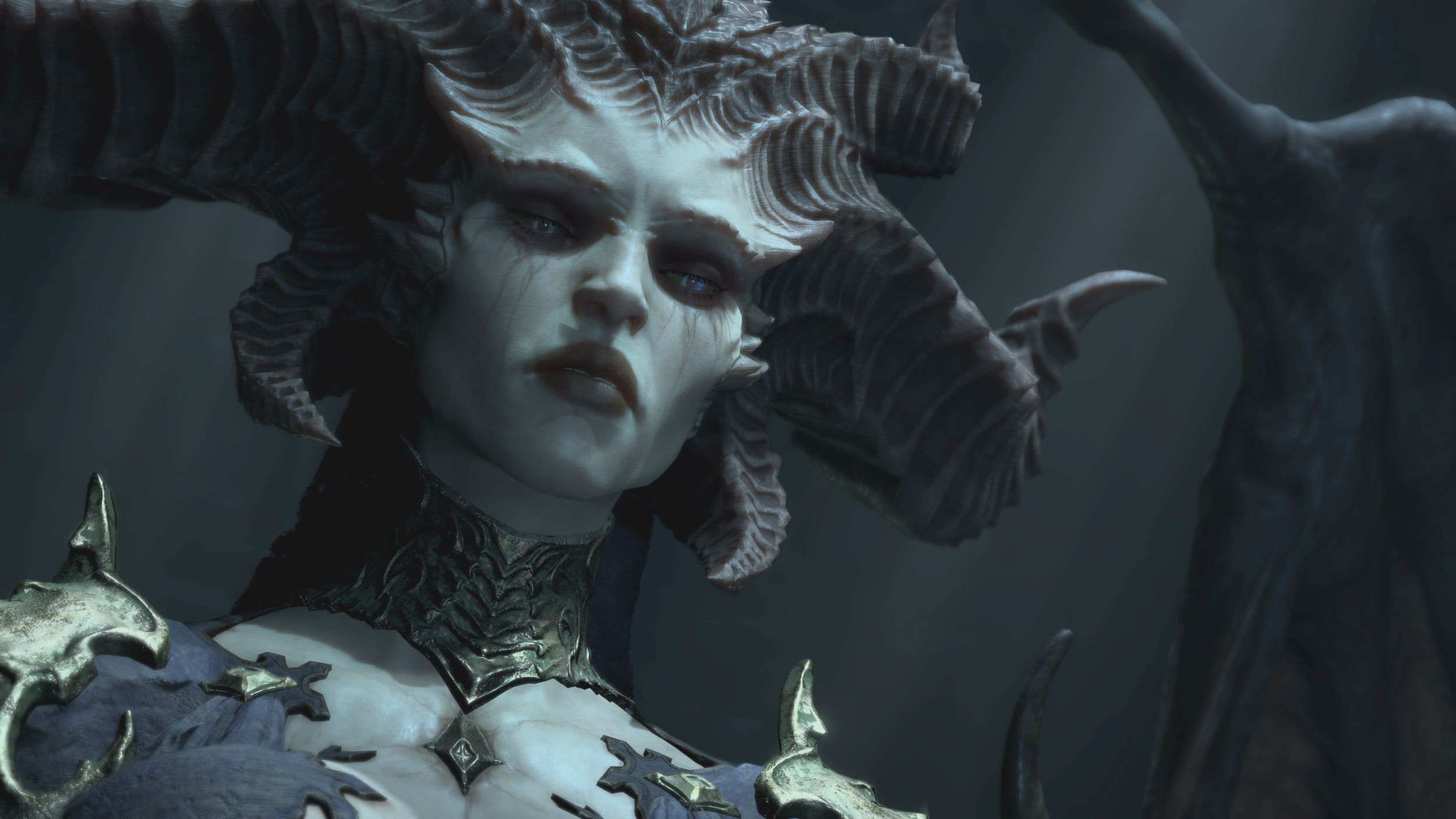


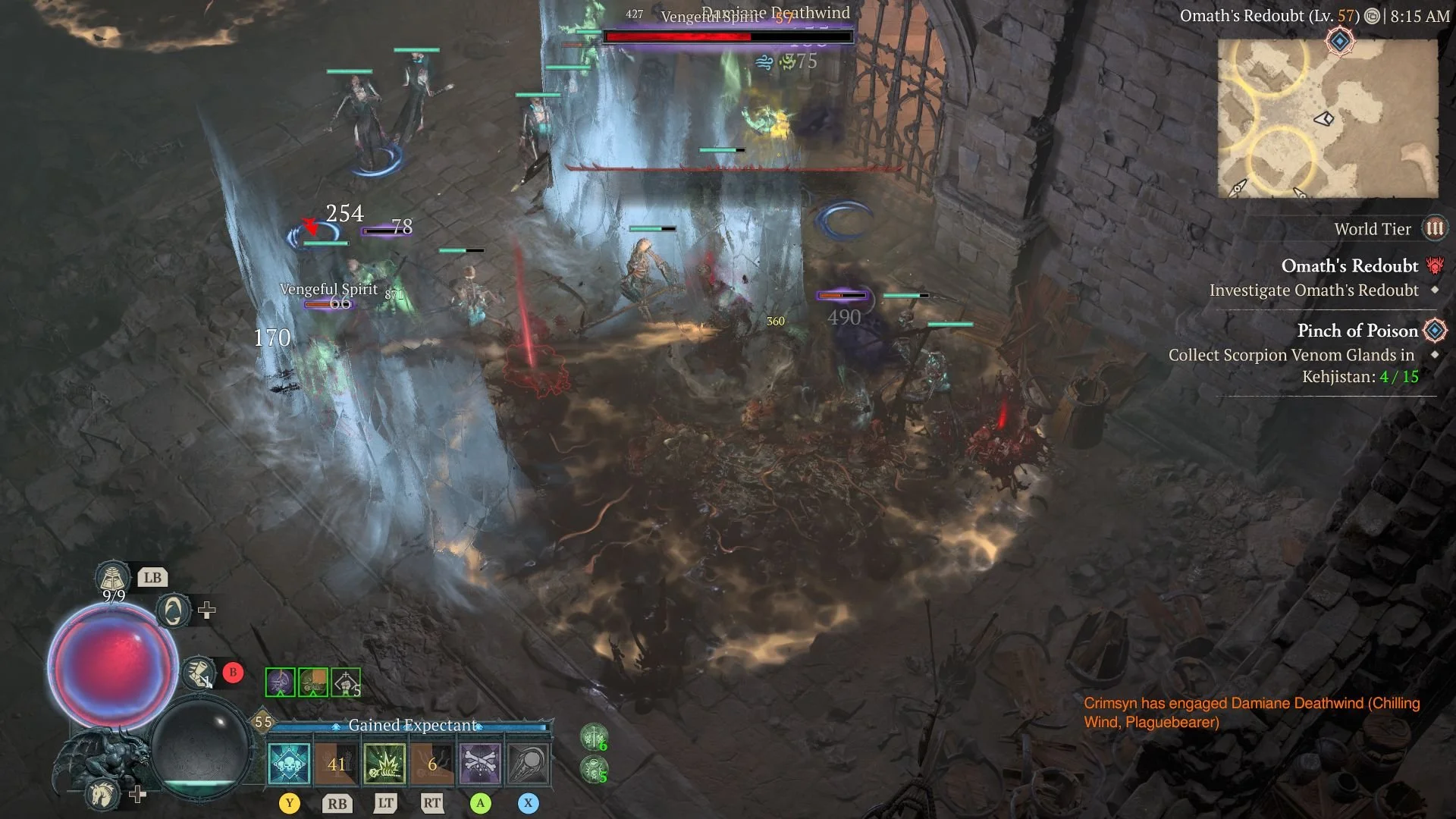
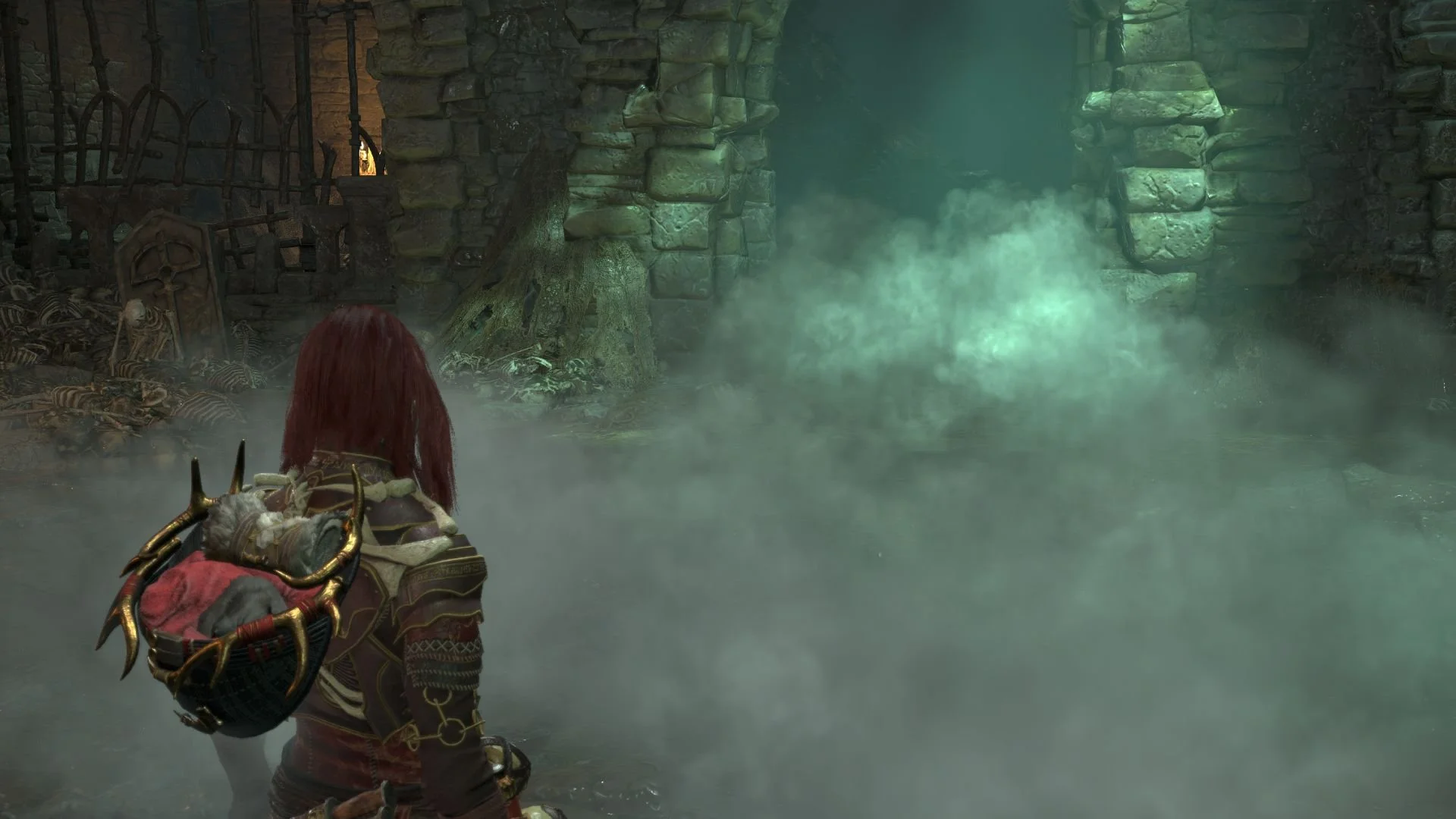


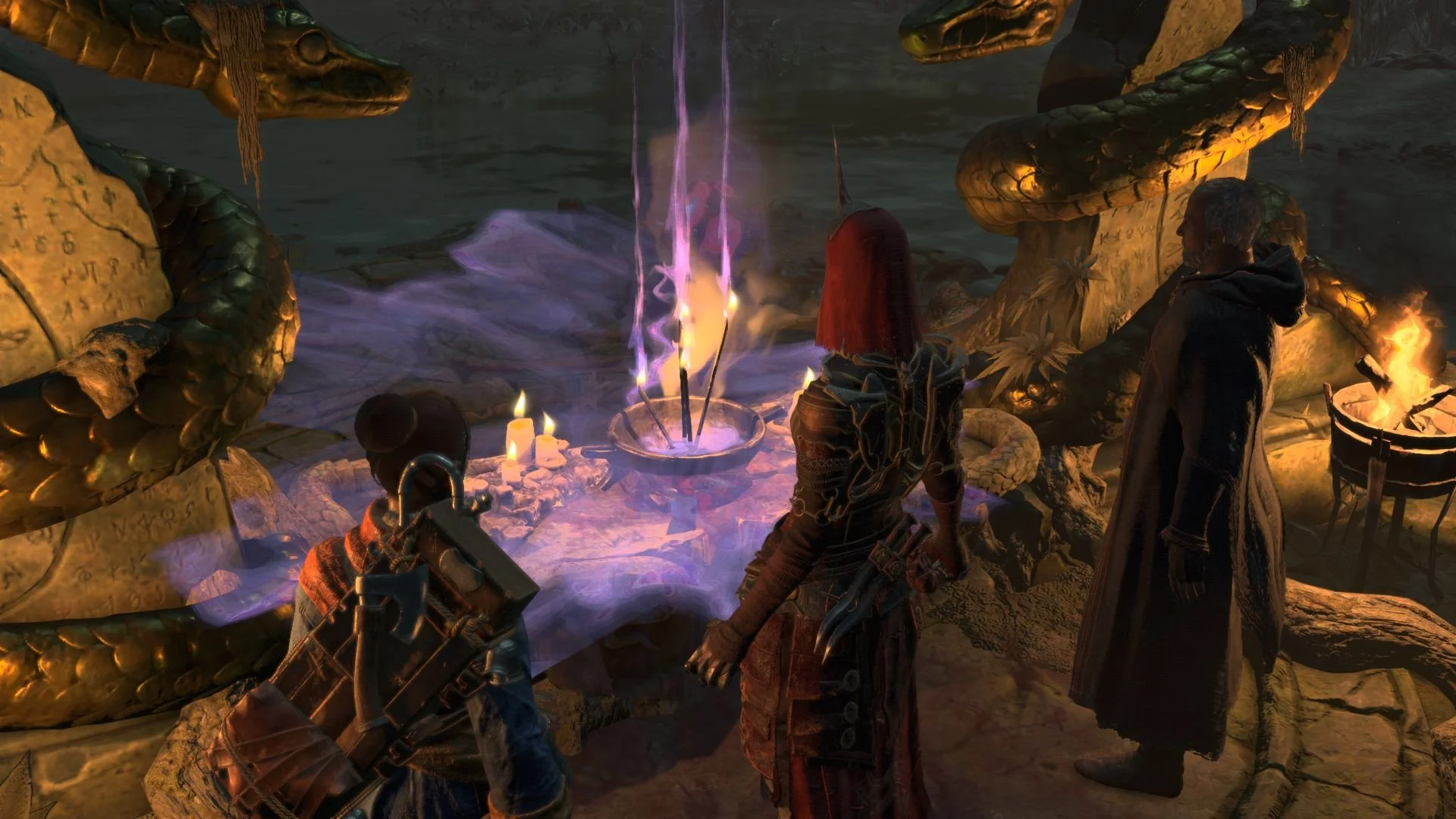




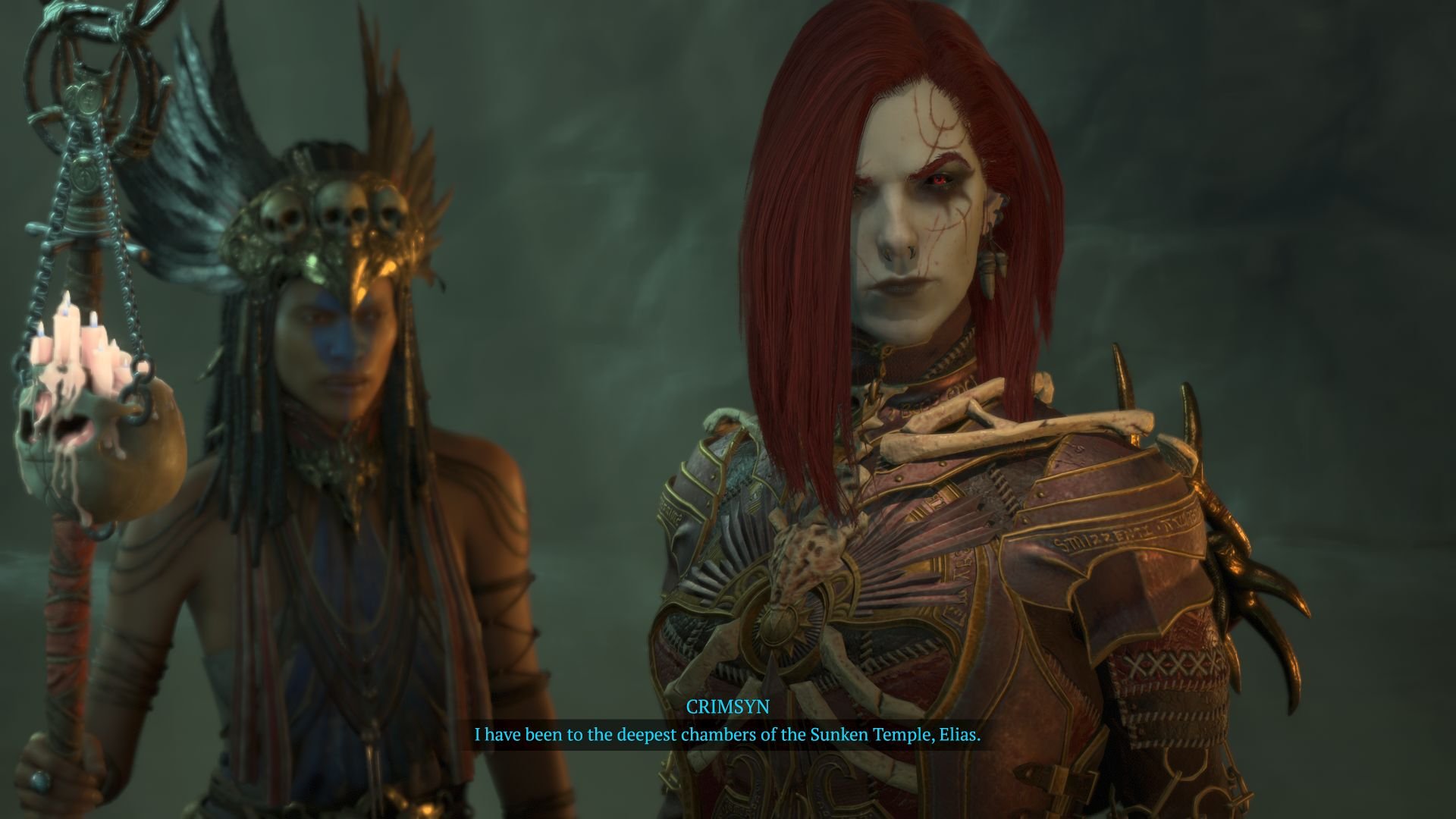



Jeff is the original founder of Analog Stick Gaming. His favorite games include The Witcher III, the Mass Effect Trilogy, Hi-Fi Rush, Stellar Blade, Hellbade: Senua’s Sacrifice, and the Legend of Heroes series, especially Trails of Cold Steel III & IV.